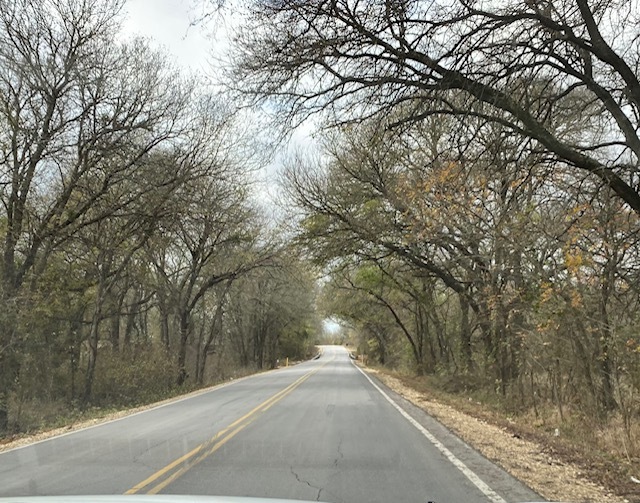Texas Regional History: Along The Way
Introduction
In the summer of 2020, during the COVID-19 pandemic, my wife, Debby, and I took a Sunday afternoon excursion to the rural Travis County farming community of New Sweden. It is not far from our home base in Pflugerville and is the site of one of the prettiest frame churches in Texas. When we returned home, I shared the photographs with my friends on Facebook. The response was positive and reassuring. One of the most compelling came from a longtime architect in Austin who had not known about the New Sweden church. He was so impressed with it that he drove out to the site that afternoon and sketched the building for his own collection of drawings. His reaction reminded me that few people get off the beaten paths to find the sometimes obscure and hidden vestiges of the past, so I began the weekly photographic excursions to document extant elements of our heritage for others.
As a public historian for the Texas Historical Commission, a cultural resource manager for the University of Texas, and an instructor of local and community history at Texas State University (2009-2020), I had the unique opportunity to visit all of the state’s 254 counties. Part of my work was to observe the cultural landscape as a preservationist, photo-documenting vanishing reminders of the past and interpreting them for use by researchers, planners, history buffs, heritage tourists, and students. It is part of what public historians do to make history more accessible and relevant to the general public. Debby, a retired public school teacher and administrator, appreciates the educational and academic aspect of our trips, which now number more than twenty—with others already planned based on historic maps, as well as recommendations from friends.
The project began as a means of merely escaping our home-bound situation during the pandemic, but it soon evolved into one of heritage education for those interested in our rich community history. For now, during the time of the Great Sequester, we are traveling no more than an hour or so from our home, and we go on Saturdays or Sundays to facilitate social distancing as best we can. When the world is well, we will venture farther afield. Our target areas are small towns, rural communities, backroad architecture, ghost towns, old roads, and cemeteries, but we also include larger towns, venturing into back alleys where the imprints of the past can still be seen and preserved for the future.
--Dan K. Utley, 2021
